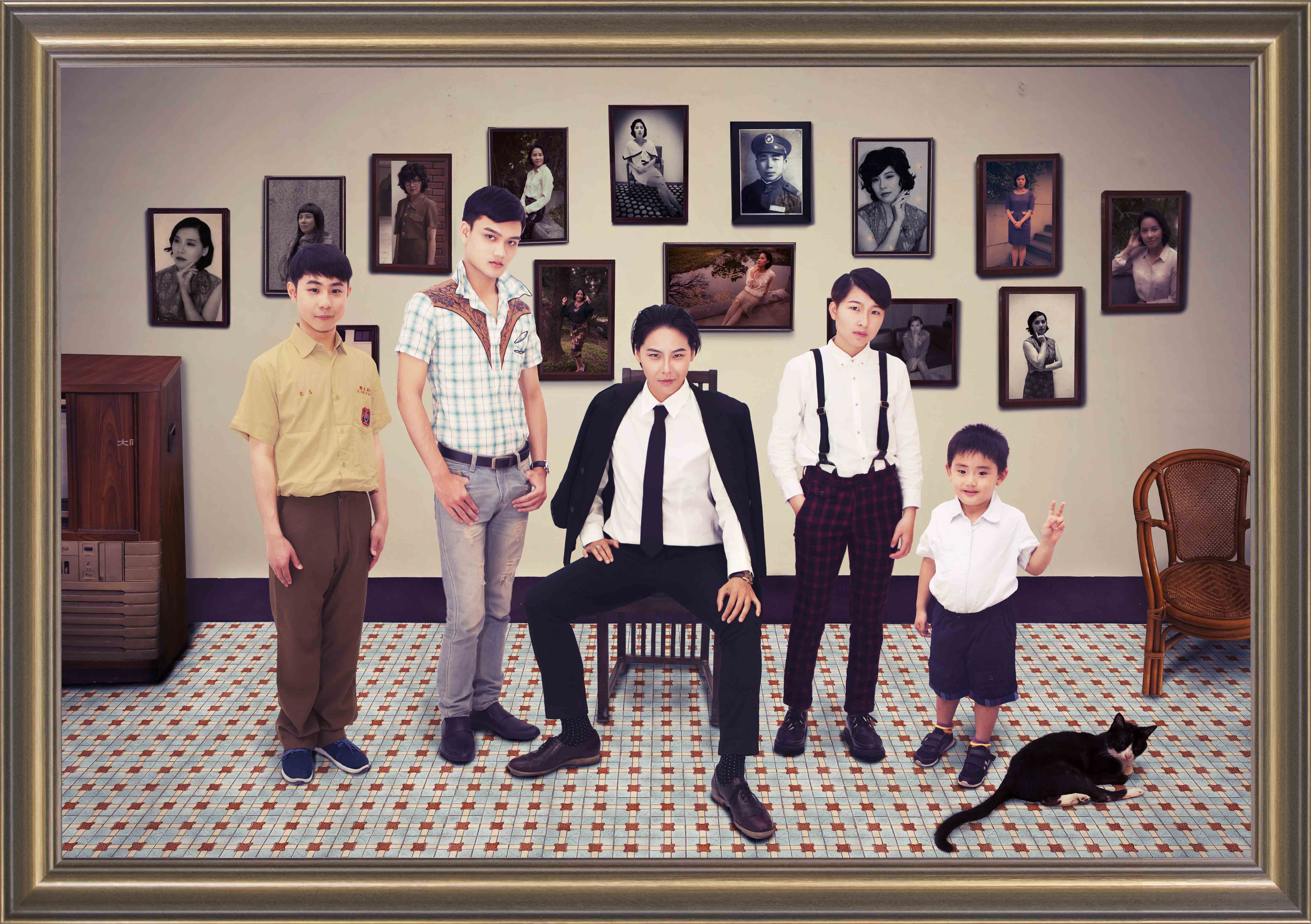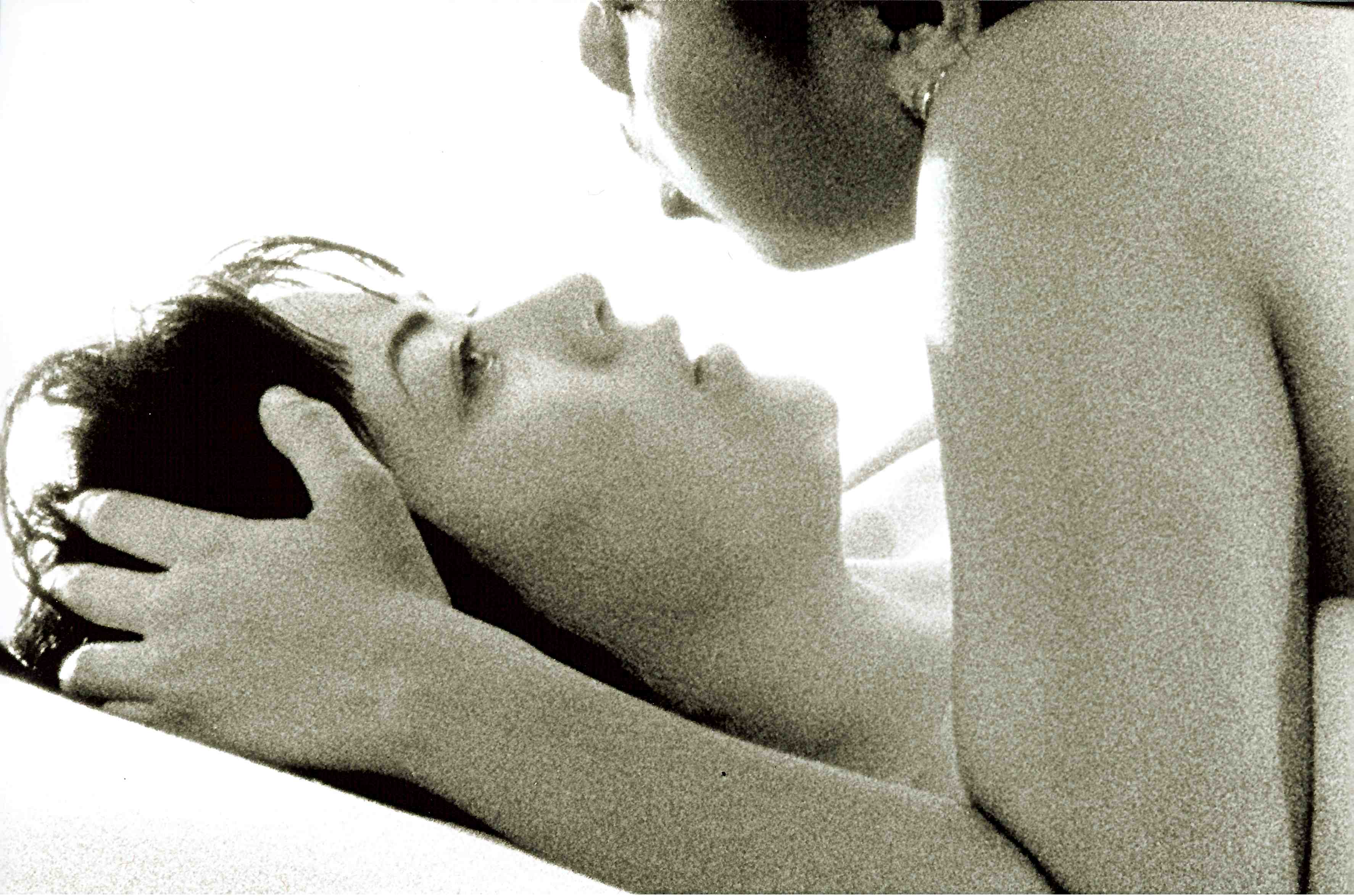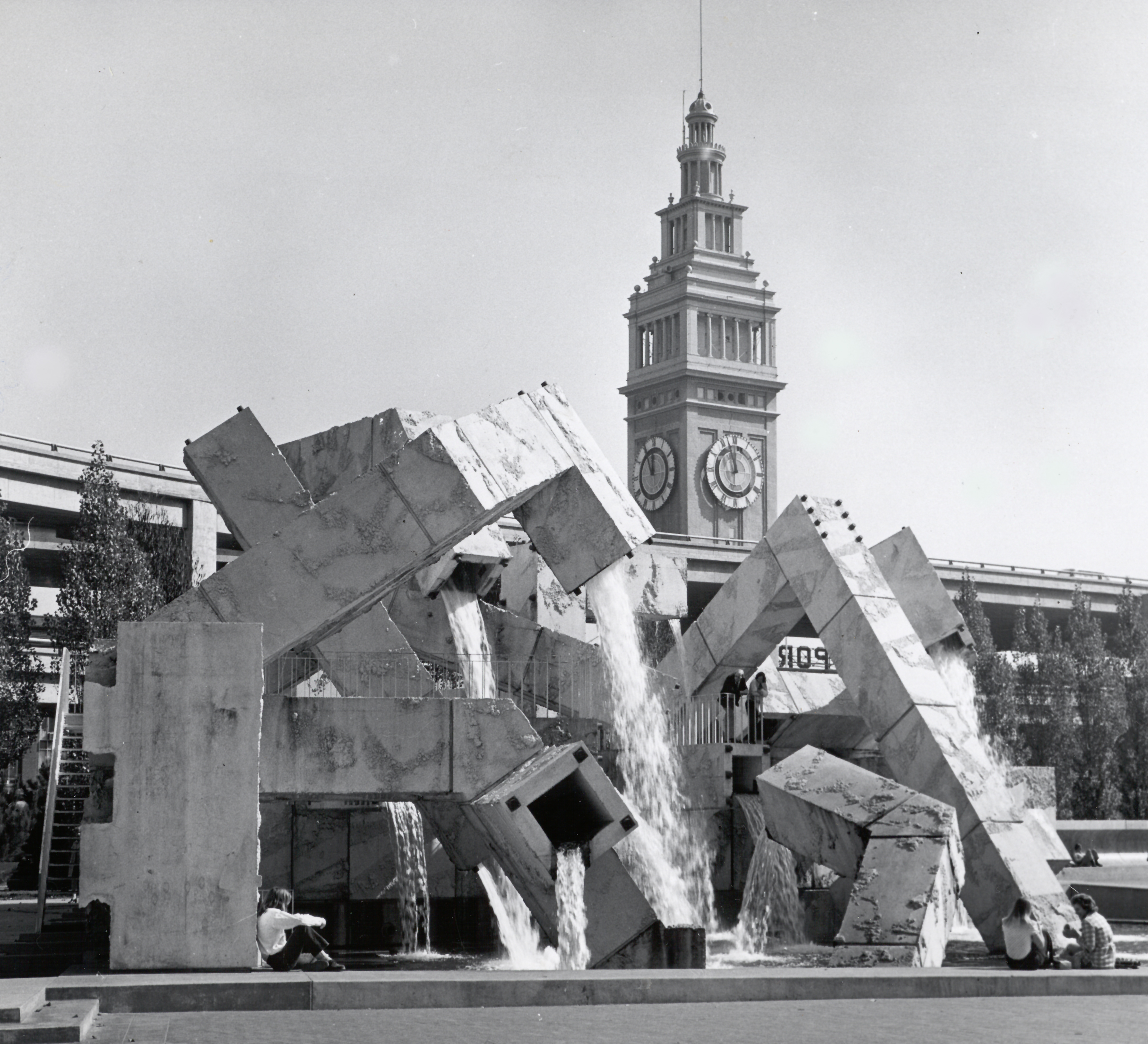
Rendering Visible: WOMEN我們
By Jenny Jedeikin
New online exhibit "WOMEN我們: From Her to Here" opens at the Chinese Culture Center February 19th
When filmmaker Tina Takemoto decided to make an experimental film about celebrated San Francisco lesbian Margaret Chung, the first American-born Chinese female physician, famous for opening a medical clinic in Chinatown in the 1920s and for playing with gender identity, they thought they would be making a humorous film that depicted the many contradictions in Chung’s background. “I was familiar with Chung as a prominent surgeon and lesbian, who surrounded herself with US military men and starlets,” says Takemoto, a professor at California College of the Arts. “So I thought my film would be a humorous take on juxtapositions between lesbian desire and militarism.”
But after taking a deep dive into the Margaret Chung archival collection at UC Berkeley, Takemoto was surprised to find evidence pointing to more troubling behavior in Chung’s history, with dark undertones. "I discovered that Chung was virulently anti-Japanese and probably supported the incarceration of Japanese Americans," says Takemoto, whose families were sent to the wartime camps. "That was difficult to take." Takemoto also uncovered Chung’s likely involvement with the selling of heroin and laundering of money through her association with Virginia Hill, the ex-girlfriend of “Bugsy” Siegel. This new information made the undertaking of the project even more challenging.
The resulting film, “Ever Wanting, (Margaret Chung),” is now on display at the Chinese Culture Center, together with artistic work from ten other LGBTQ+ artists from the Asian diaspora as part of WOMEN我們: From Her to Here, a new exhibition that aims to explore agency and belonging in queer and feminist communities. The group exhibition has a virtual opening on February 19, with the goal to open up its brick and mortar gallery space — located in the Hilton Hotel — to the public in the Spring, depending on state and city health guidelines.
“Asian queer culture is an invisible spot in Asian identity, if we venture outside the arts and culture space,” shares Hoi Leung, curator of the exhibition for the Chinese Culture Center. “Talking about queer identity is still pretty much a stigma for Asian American communities and families. At the Chinese Culture Center, we are quite frank about it, and are ready to educate the community, while people are not quite ready to accept it.”
In addition to Takemoto’s work, the exhibition features film, video, paintings, photographs and a curated collection of LGBTQ+ zines from around the world assembled by Queer Reads Library, as well as interactive virtual workshops, such as a zine making class, scheduled for the spring under the theme of “Building Creative Safe Spaces.”
Hoi commissioned several original pieces for the show, including a striking atmospheric installation by Bay Area-based Korean artist Heesoo Kwon whose work explores an autobiographical religion, Leymoosum, where feminism has replaced patriarchy as the new world order. For the mixed-media installation the artist uses actual photographs of her mother and grandmother superimposed atop digitized naked bodies which are displayed on larger-than-life screens interacting with an imagined feminist Chinatown.
Other pieces include commissioned work by local artist Chelsea Ryoko Wong, who creates a brightly colored series of paintings focused on queer historic spaces in Chinatown, such as the Li Po Lounge which once serve as a safe LGBTQ bar in the 1940s, during an era when the gay and lesbian community felt more protected in Chinatown than elsewhere.
An award winning documentary, “Sambal Belacan in San Francisco” from 1997 by Madeleine Lim, Singapore-native and founder of the Queer Women of Color Media Arts Project, explores the question: how to create home in a new country when your country of origin doesn’t allow you to be your full self? The film was banned in Singapore in 1998.
Another installment, “Suits and Corsages” comes from Taiwanese artist Huang Meng Wen, who explores the historical story of 13 women in Taiwan who dressed in men’s suits in the 1950s. In an imagined family portrait, one of these central female figures is depicted in a domestic setting, wearing a suit alongside her husband and three children, with the photographs of all her previous female lovers on the wall behind her. The framing attempts to convey the subject’s splintered life in one single image.
Takemoto’s film is the last piece in the gallery space; the six-minute exploration into queer desire in the 1930s and 40s, employs cinematic techniques combining archival footage of war planes, sharks, poppies, and hospital procedures, layered with materials such as nail polish, glue, scotch tape or images from found slides, onto 16 mm film to create texture, lending the film an ethereal dream-like quality.
During the process of making the film, Takemoto shares that she came to really embrace and understand Chung, despite her earlier hesitations: “It’s her darker side that strangely made me more empathetic to Chung as someone who is super complicated. I understand her now in relationship to how hard it would have been to be an Asian American queer person who wants to do extraordinary things, but is always an outsider. She was very motivated by her desire to fit in, to be seen and celebrated, but she never gets what she wants.”
With this exhibition, which will remain open to the public until August 28, 2021, the Chinese Culture Center is hoping to provide a welcoming place where the Asian queer community may be able to get what they want: to feel included and seen.
WOMEN我們: From Her to Here
Chinese Culture Center -750 Kearny St., 3rd Floor, San Francisco.
Virtually beginning February 19th, 2021. Check website for visits by appointment over coming weeks (pending status of City restrictions).
Pictured: Huang Meng Wen, Suits and Corsages, 2015-ongoing. Courtesy of the Artist
Madeleine Lim, Film Still from Sambal Belacan in San Francisco, 1997. Courtesy of the Artist and QWOCMAP
Chelsea Ryoko Wong, Bathing on Valencia Street, 2021. Courtesy of the Artist
Tina Takemoto, Film Still from Insatiable Margaret Chung, 2019. Courtesy of the Artist




